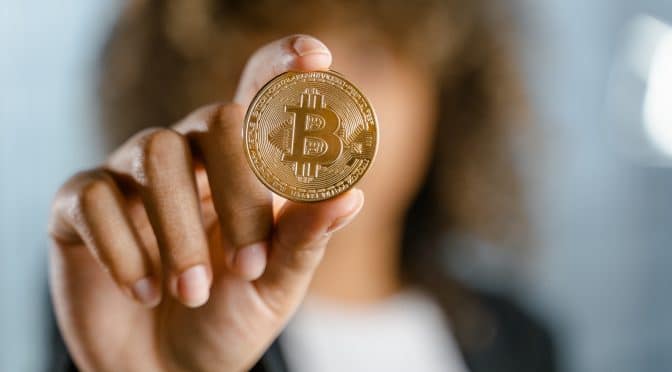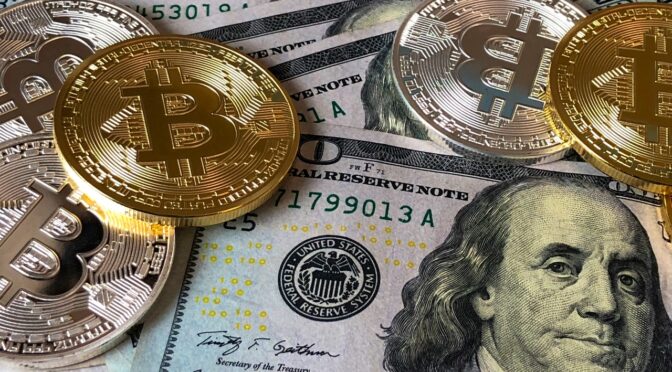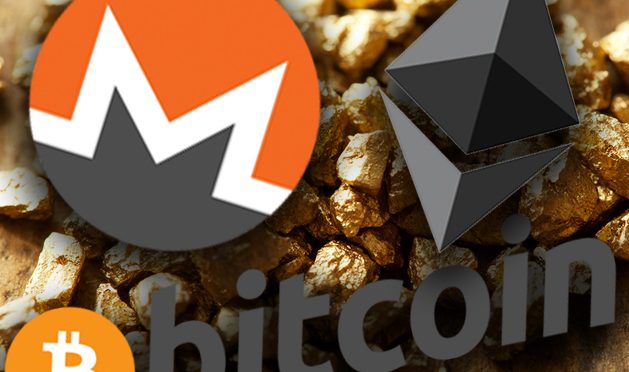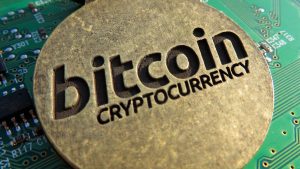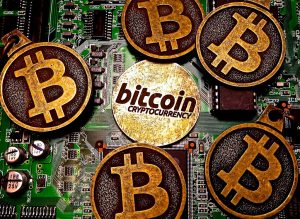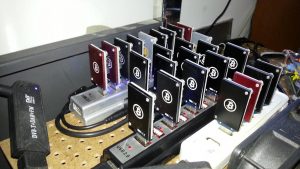Cryptocurrency has, in the past twelve years, completely revolutionized the financial industry. Millions of people from all over the world have started looking into and invest in digital currency, and even more impressively, a high percentage of them are including cryptocurrency into their financial plans for the future.

For those not in the know, cryptocurrency is a form of digital currency which relies on cryptography and blockchains to provide proof of ownership, and make it nearly impossible to counterfeit. Most cryptocurrencies are decentralized, which means they are not under the authority of any bank system or central authority. This means that purchases made with cryptocurrency are not beholden to banking fees, allowing for greater user autonomy.
The most popular cryptocurrencies on the current market are Ethereum (ETC), which is worth over $2000, the stablecoin Tether, which is worth $1, Litecoin (LTC) worth $132, and of course, the most respected, first, and highly-priced cryptocurrency, Bitcoin (BTC) worth over $30,000 on the current market.
Cryptocurrencies can be bought and sold on apps or sites called crypto trading sites. They provide a user-friendly interface, place importance on security, safety, and anonymity, and employ brand new artificial intelligence technology to predict market fluctuations and maximize the profits of their users and investors. All these benefits mean that these apps make crypto trading a lot easier, and newbie friendly.
It is perhaps for this reason, that in recent years, it has been shown that younger and younger people are more readily using trading sites, like the ones found here, that have proven successful with hundreds of users who vouch for its success.
Younger Generations and Cryptocurrency
As stated, there has been a noticeable increase in the amount of young people willing to invest in cryptocurrency and other digital assets, like NFTs. Surveys have shown that millennials and Gen Z are far more trusting of cryptocurrency, and all the technologies and developments associated with it than previous generations.
A survey done recently showed that nearly half of millennial millionaires have a quarter of their wealth invested in Bitcoin and cryptocurrencies, despite the volatility of the market. Furthermore, it is estimated that a large number of them also own non-fungible tokens as well. Some of these young millionaires owe their entire wealth to crypto trading and investing as well. This information has resulted in a massive shift in wealth management, as private banks and brokers are learning to appeal to a clientele of crypto users.
The question that arises then is, what sparked this interest in cryptocurrency and crypto trading among the younger generations of today? The answer is simple. Many young people who have the means to invest have simply lost faith in more traditional investment methods. As with most young people, the younger generations of today value independence, individuality and would prefer to rely on their own research and knowledge, than depend on legacy firms, financial advisers, and other, more traditional institutions.
The Future of Cryptocurrency
However, it isn’t just Gen Z and millennials who are embracing cryptocurrencies. Studies show that the percent of adults in the US who own Bitcoin is 17%, with that number increasing when including different cryptocurrencies in the mix. Not only that, but three-fourths of Americans admit to having an interest in Bitcoin, and other cryptocurrencies, and a willingness to learn more about the phenomenon sweeping the world.
On top of individual interest in Bitcoin increasing, an increasing number of companies are opting to accept Bitcoin, and other cryptocurrencies as viable payment methods. Starbucks, Paypal, Whole Foods, Home Depot, etc. are just a few of the many companies who have decided to accept payments made with cryptocurrency. This decision bodes well for the future of the crypto market.
With all of this in mind, the increasing interest in cryptocurrency among both older and newer generations, not to mention the disillusionment with orthodox investment paths, the future of cryptocurrency and crypto trading seems bright indeed. This reflects in the price increases in the most popular cryptocurrencies in the past few years.
Some Final Thoughts
The cryptocurrency market is booming in 2022. Thanks to the embracing of cryptocurrency by popular culture and media, many more people are discovering what it actually means to invest in the crypto market. And with Gen Z-ers just entering their adult years, they are the prime audience for investing in cryptocurrency.
There is a bit of trouble here as well. Surveys have shown that Gen Z-ers are more eco-conscious than any other generation before them. So, many of them say they would invest in crypto, if crypto was a bit greener. Lucky for those people, some strides are being made in the crypto world in an attempt to make cryptocurrency more echo friendly. Hopefully, by 2025, the damaging effects crypto has will be completely eliminated.

